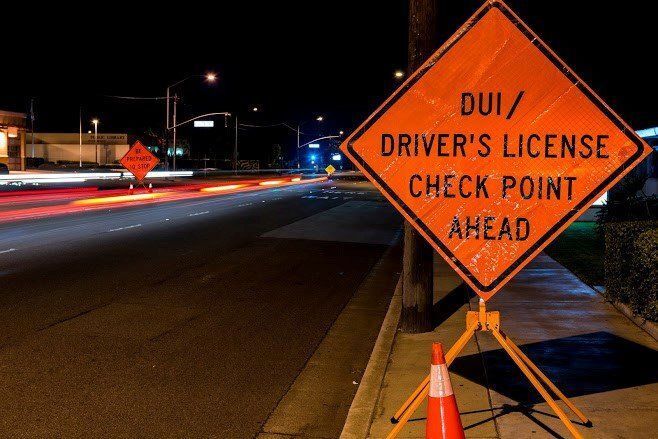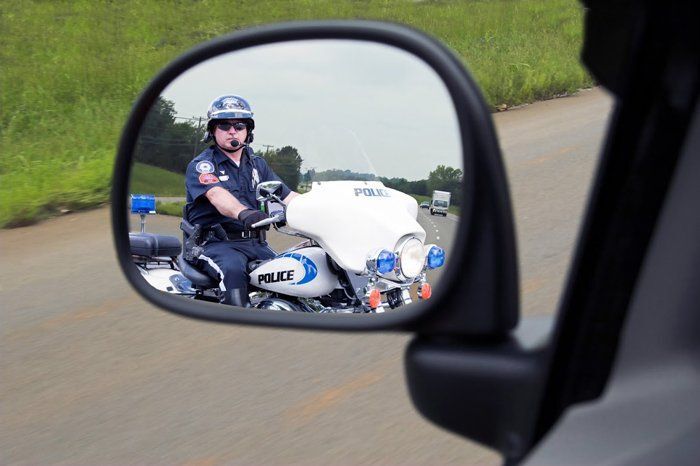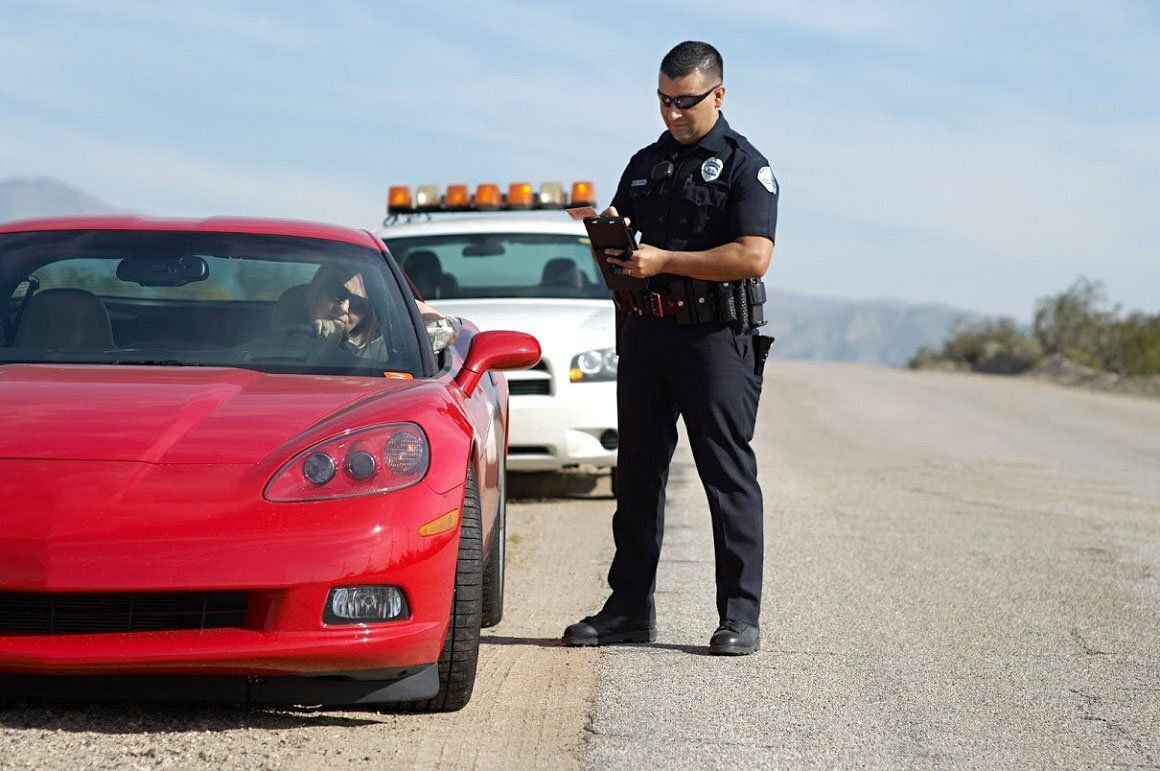
How much do you know about roadside sobriety tests? If you're like most motorists, you probably don't know much about these tests. This article will highlight what you need to understand about the three NHTSA-approved roadside sobriety tests, how they are performed, their reliability, and how they aid police in investigating DUI cases.
Pen-Waving Test
Horizontal nystagmus (HGN) is a term the medical community uses to describe the involuntary jerking, bouncing, or twitching of the eyeballs. This movement occurs when you move your eyeballs towards the side.
Most sober individuals show minimal to no signs of nystagmus until they move or rotate their eyes at an angle of 45° from their nose. When an individual is impaired, however, HGN is more pronounced and may even occur at smaller angles.
Test Administration Procedure
After pulling you over, the officer will request you to look straight ahead, keep your head still, and look at a stimulus that they'll hold up approximately 1 foot from the center of your face. The stimulus can be anything from a pencil to a flashlight.
The officer will then order you to follow the stimulus as they move it slowly from your left to your right. This part of the critical test helps the officer to check for signs of nystagmus and equal pupil size.
A few seconds after performing the first portion of the test, the police officer may ask you to track the stimulus again as they move it more quickly from side to side. This last step allows the officer to check for equal tracking and determine the exact angle at which the exaggerated HGN occurs.
Positive HGN test results might indicate BAC levels above 0.10. But this is not always true. Research has shown that factors such as medical conditions, psychiatric disorders, hereditary factors, age, the type of stimulus, and prescription drugs can also cause nystagmus.
HTT Walk Test
The heel-to-toe test is also commonly referred to as the walk-and-turn or straight-line test. The traffic police officer uses this test to assess your ability to count, balance, focus, and follow orders.
Test Administration Procedure
The police officer will request you to take several steps (usually 9) along an imaginary or a drawn straight line. In the first phase, the officer will seek to determine your ability to follow orders and balance. In the last phase, the police officer will look for other signs that the BAC levels could be above 0.10.
One-Leg Stand Test
This standard test is intended to evaluate your ability to balance as you focus your attention on something else.
Test Administration Procedure
The police officer will request you to stand on one leg for about 30 seconds with your hands on your sides. You may also be asked to count by thousands to identify signs of impairment. The examiner will be looking to see if you fall over, lose balance, or display other critical signs.
Reliability of the Sobriety Tests
According to NHTSA, HGN or pen-waving tests have a reliability rate of 77%. HTT walk has a 68% reliability rate, while the one-foot stand has a 65% reliability rate.
If you fail at least one of the standard tests, the traffic officer may arrest you for DUI. But even when conducted in the most ideal of scenarios, standardized field sobriety tests are never 100% accurate or reliable. Hiring a seasoned DUI lawyer can help to spot weaknesses in the test procedure or results, which is a critical step towards building a defense against DUI charges.
If you are in Virginia and need legal assistance after a DUI arrest, Tolbert & Tolbert, LLP, can help you get away with the best possible outcome. Contact us right away for advice or legal representation.














